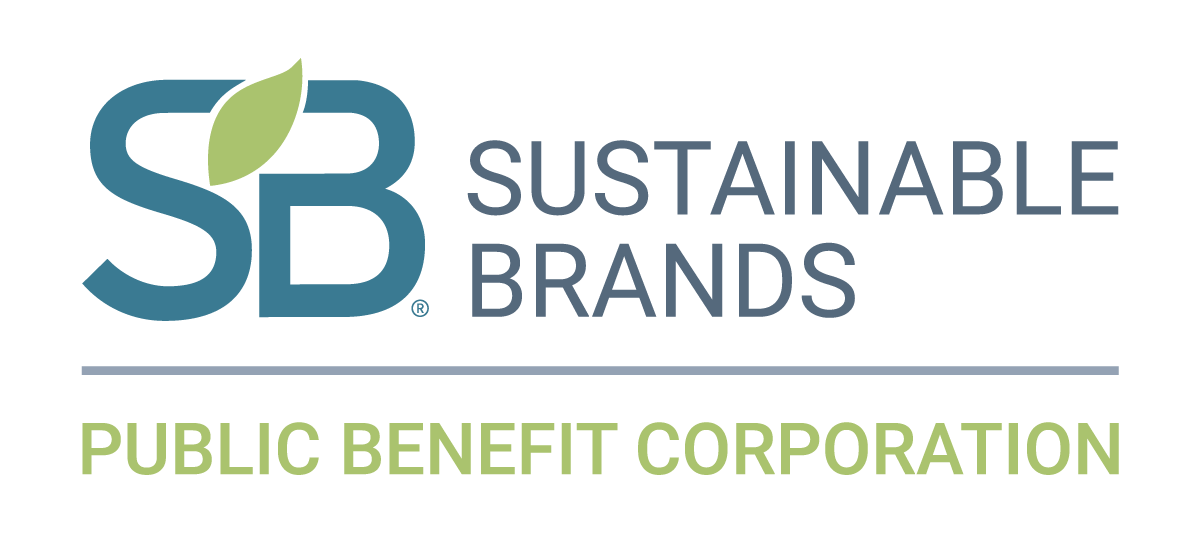Shifting Baselines: Good for You, Good for the Planet
Shifting Baselines features the work of Sustainable Brands, a premiere global community of brand innovators driving global change for good, and the unique partnerships they have with some of the world's biggest companies. With culture as a driving force, our collective priorities are shifting — both in individuals and a nation as a whole — in order to ensure a more sustainable future. This series looks at the role consumers and corporations are playing in recalibrating the concept of the "American Dream".
In 2018, the U.S. spent $417 billion on consumer packaged goods. These convenient, low-cost items may make life easier, but they also fill our landfills and strain recycling systems.
"Our brands touch 5 billion people on the planet every single day, and they do a lot of good things," said Marc S. Pritchard, chief brand officer at Procter & Gamble Co. "But, they also create some waste. They use energy, and they use water. The simple idea we like to think about is, what if you could live a sustainable life and demonstrate sustainable behaviors just by using our products. So part of what we're doing is innovating in order to be able to use less and, in many cases, actually put it back into the system. But we still have a lot more that we need to do."
Procter & Gamble: Its products have occupied our shopping lists for the past 180 years, and chances are, at least one of its brands can be found in your home today.
"Tide, Downy, Always, Head & Shoulders, Pantene, Olay, Gillette, Venus, Vicks, Metamucil ... Olay ... oh, I said Olay," Pritchard listed.
With so many brands touching so many parts of our lives, what does sustainability mean for one of the world's largest consumer brands?
"Sustainability used to be one of those things that was kind of bolted on that we did at a corporate level versus built in to the business, and that has shifted," Pritchard said. "Nine out of 10 consumers feels better about a brand that supports a social or environmental cause. More than half expect it."
KoAnn Vikoren Skrzyniarz, founder and CEO of Sustainable Brands, said the shift is moving toward systems thinking and engaging every part of the company.
"Those companies that are starting to get that are creating employee bases that are more engaged, better talent coming to their front door," Vikoren Skrzyniarz said. "They're showing better stock performance."
As today's consumers demand more transparency from the brands they choose to do business with, a fundamental shift is taking place in how these companies operate.
"This movement is a whole business transformation so that everybody in a company can understand where they fit in the context of actually transforming the business to become a sustainable brand," Vikoren Skrzyniarz said. "One of the things that we're really trying to voice now to our business community and also to consumers is that we need all of us to be brave and bold, not perfect."
Now more than ever the pace of sustainable innovation is accelerating. And while these changes may be global in scale for P&G, for consumers it can start with something as simple as how we wash our dishes.
"What Cascade has done is created a formula where you don't have to prewash," Pritchard said. "So it saves up to 50 billion gallons [of water] a year if everybody were to do that. That's a great way to create a sustainable lifestyle just by using the product. And when we do that and we innovate, then it is actually good for the planet and good for you."

